In many natural science domains, we increasingly become conscious that in nature, 95%+ of the change we observe comes from short and intense phenomena such as storms, floods, earthquakes.
 For example in the study of erosion, rivers shapes and material that is then transported by rivers such as boulders, it is very clear that rare storms and floods are the main contributors to the shaping of the riverbed (and sometimes, to the destruction of some man-made structures that tempted to tame it). While most textbooks still present erosion as the continuous work of air and water over millenniums, in reality, most of the work has been done during much shorter periods -days- of intense flow.
For example in the study of erosion, rivers shapes and material that is then transported by rivers such as boulders, it is very clear that rare storms and floods are the main contributors to the shaping of the riverbed (and sometimes, to the destruction of some man-made structures that tempted to tame it). While most textbooks still present erosion as the continuous work of air and water over millenniums, in reality, most of the work has been done during much shorter periods -days- of intense flow.
It does similarly happen in the world that surrounds us. Most of the changes come from unpredictable, short and intense moments, which we often call crisis (or also, in the field of society, revolutions). Crisis create the conditions for re-shaping our society, our economy, our organizations. Our duty is to protect ourselves and our loves ones against those crisis, and also to take advantage of them when they happen – because ultimately it is those rare events that shape our environment.


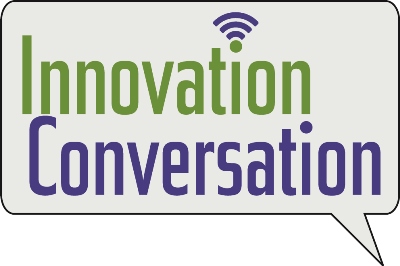 Further he writes, “In
Further he writes, “In 


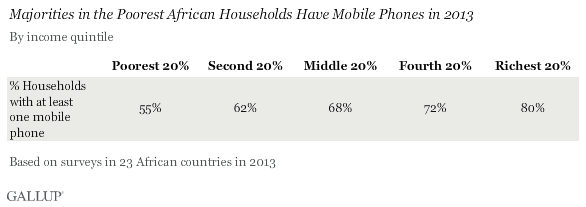

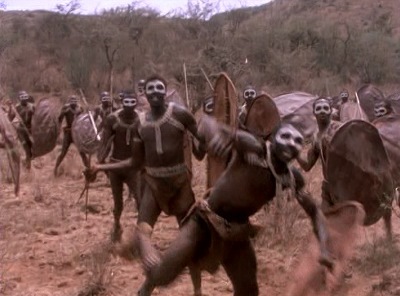
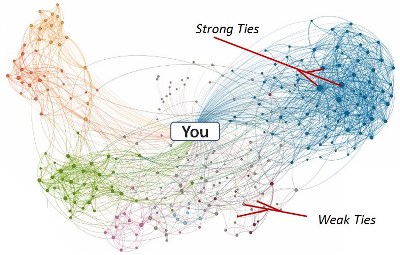 Apparently the statistics is that we maintain on average a dozen very close contacts, about 150 medium to strong ties, and about 500 to 1,500 weak ties. Identification of this structure of our social network is not new, for example
Apparently the statistics is that we maintain on average a dozen very close contacts, about 150 medium to strong ties, and about 500 to 1,500 weak ties. Identification of this structure of our social network is not new, for example 

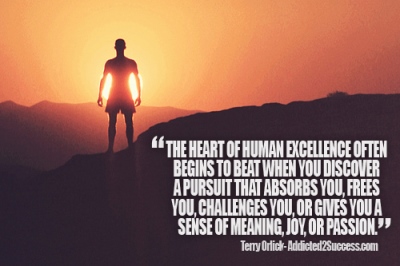 We all need passion in our life and it is the root of our achievements – in any area where that is applicable. Passion is needed for us to have the courage, do the effort and the work that these achievements do require.
We all need passion in our life and it is the root of our achievements – in any area where that is applicable. Passion is needed for us to have the courage, do the effort and the work that these achievements do require.